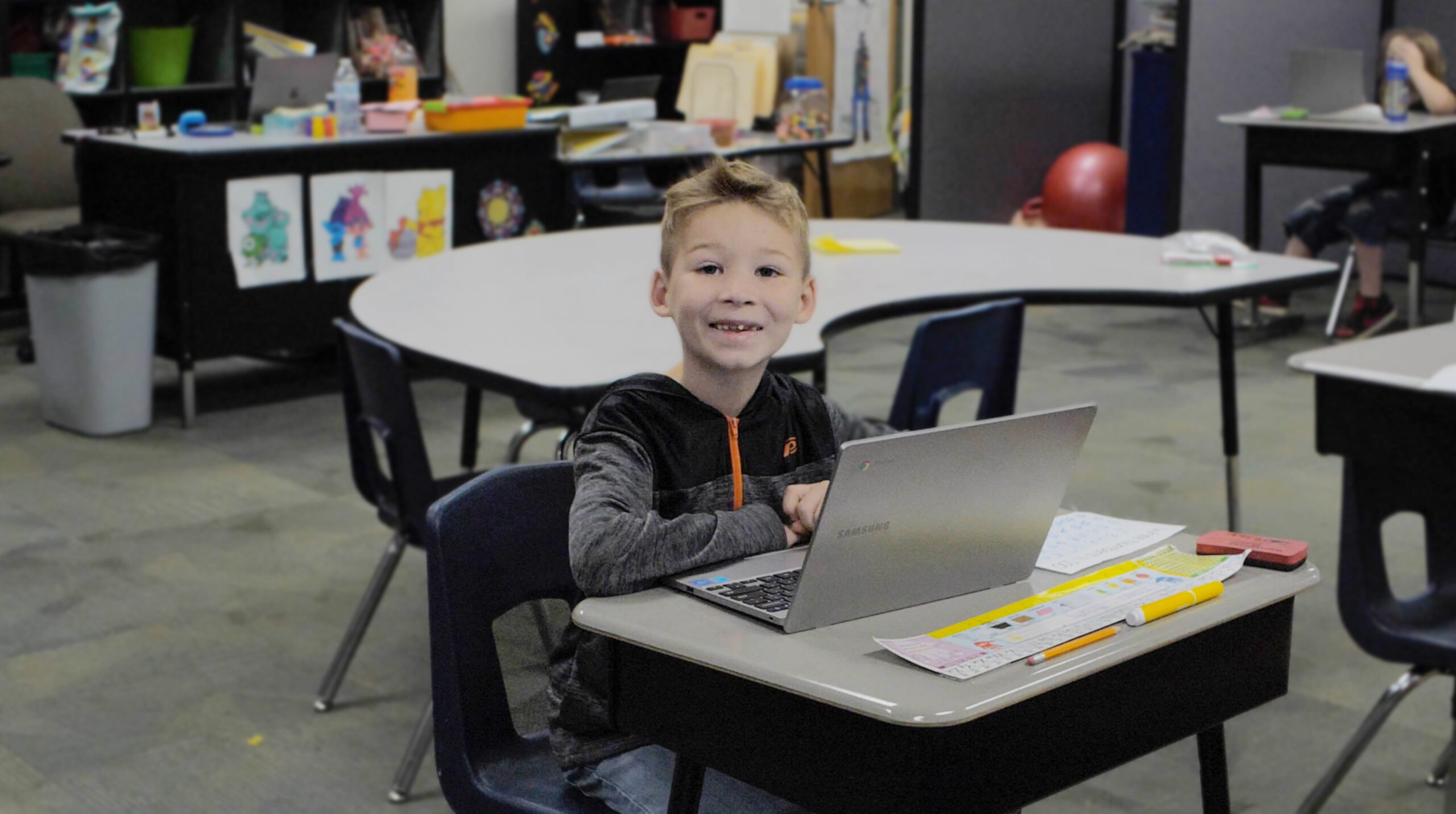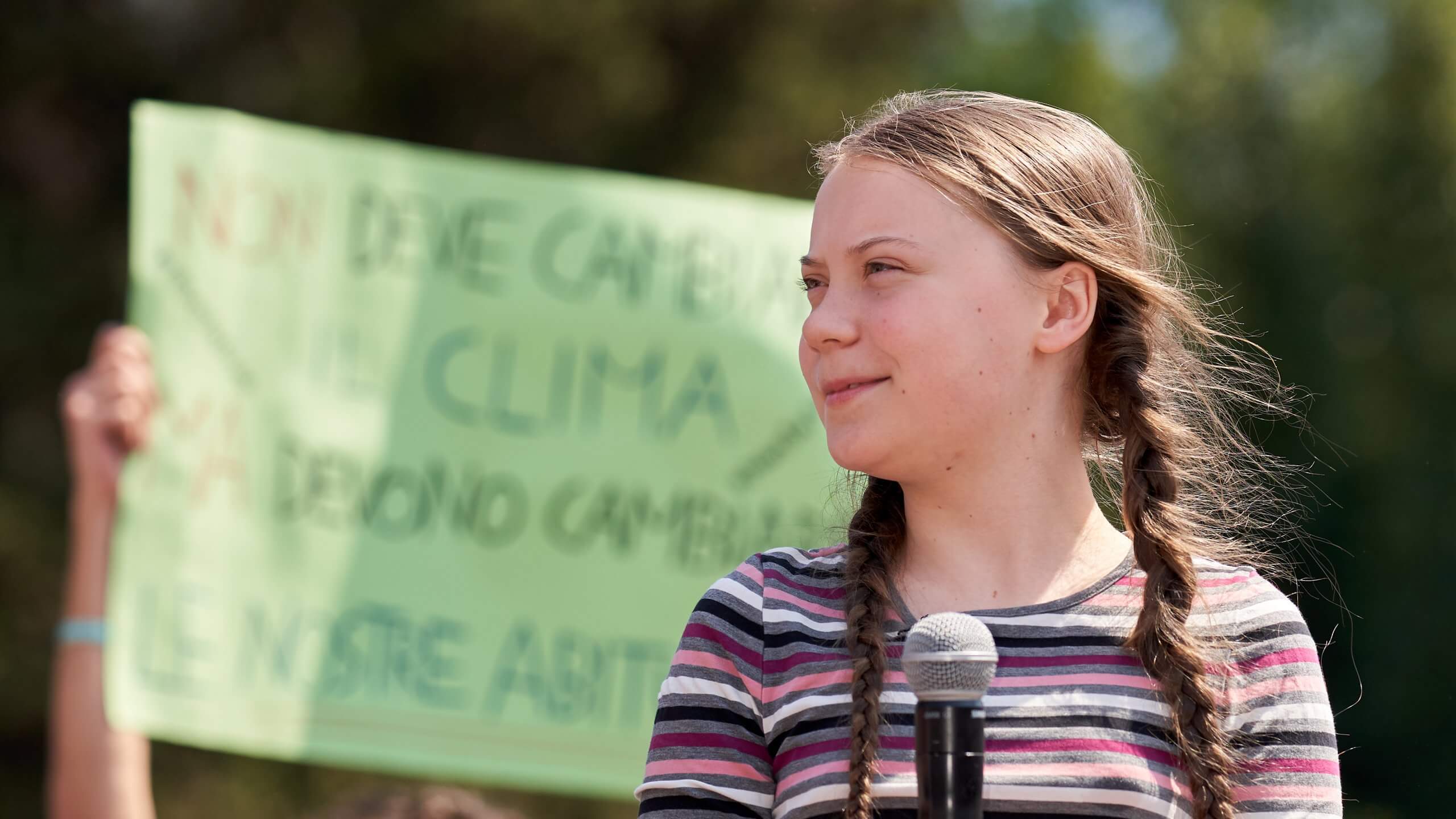by Katherine Johnson. M.S., BCBA
Senior Director of Partnerships, LEARN Behavioral
“One of the most Googled questions neurotypicals ask about dating on the autism spectrum is, ‘Can autistic people fall in love?’” says Tasha Oswald, Ph.D., a licensed psychologist, on her blog series Dating on the Autism Spectrum. “To be honest, this question always catches me off guard,” she says. “Of course, they can.”
For those of us who know and love people on the spectrum, the question may be: how is this myth still around? For one thing, widespread abelism in our culture means that media often depicts love as happening only between people who match some arbitrary standard of ability, beauty, intelligence, or “cool” that the majority of us don’t meet. This perception is compounded by the communication differences that are a defining feature of autism: autistic people either have difficulty communicating or communicate differently than neurotypicals, including expressions of love and attraction. Additionally, sensory differences can make physical expressions of love a little more complicated, requiring explicit communication that, again, may be a challenge. And of course, it shouldn’t be missed that in general, love can be an overwhelming and confusing part of the human condition, including, but not limited to, autistic humans.
Expressions of love
The fact that autistic people experience the full range of human emotions, including love, is indisputable.
A recent article in the journal Autism examined the lived experience of autistic mothers with children ages 5-15. Answering open-ended questions in a semi-structured interview, mothers spoke of their connections with their children using the words “love,” “bond,” and “complete adoration.” Reading their accounts highlights that in spite of the barriers many of them face, their emotional experiences are quite familiar. For instance, one expressed that she felt worried that her love for her second child wouldn’t be as strong as it was for her first – a nearly universal experience of parents of multiple children (Of course, in the end she was “pleasantly surprised” that this wasn’t the case.).
Austin John Smith is an autistic blogger who has shared his experience moving in with a girlfriend and getting used to living together before getting married. As he writes lovingly about their day-to-day lives, he describes the things they have in common, their differences, how they share their emotions, and how they support each other. Smith says, “I love her more than anything in this whole world, and I am 1000% willing to go through anything with her…”
But these are stories of autistic folks who can speak and express their feelings. What about those who are unable to communicate verbally? Laura Cunningham has first-hand experience. The Pueblo, Colorado, woman adopted her son, Spencer, when he was 11. He’s 19 now. He’s on the spectrum and is non-verbal. But “he feels love,” his mom says. Not only does he hug her and hold her hand, but he also has his own way of expressing emotion, one example of which chokes her up. It was the beginning of the school year, and she was talking to him about school. Spencer was excited and did something he had never done before: he picked up his phone and found certain sections of songs that he wanted to play for her over and over. The meaningful lyrics were his way of expressing what he was feeling.
Barriers
Although difficulty in love has been the subject of countless songs, stories, and myths since the beginning of time, autistic folks may have additional strains on their emotional connections. Sensory differences mean that the types of physical expressions of love that our society views as “typical” may not serve the same function for autistic people. For instance, the sensation of kissing may not spark the same warm feelings in an autistic partner that a neurotypical person would expect. Reading social cues, being flexible to accommodate a partner’s needs, and expressing their own emotional needs can all be challenging for autistics. For non-verbal autistic people, expressions of affection can be tragically misunderstood; one mother of a non-verbal autistic teenager named Sam related that “if a 17-year-old boy in his high school puts his arm around somebody, that’s considered fine. My son puts his arm around somebody, he gets an incident report.”
















